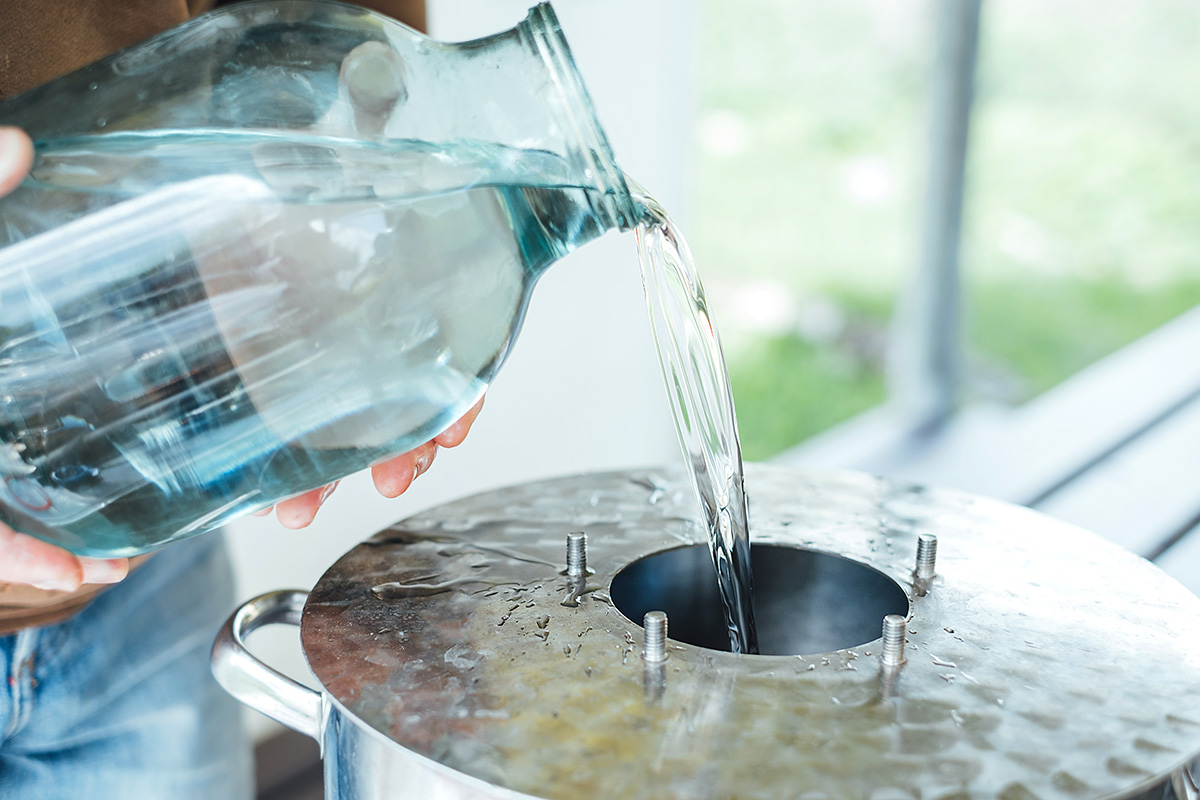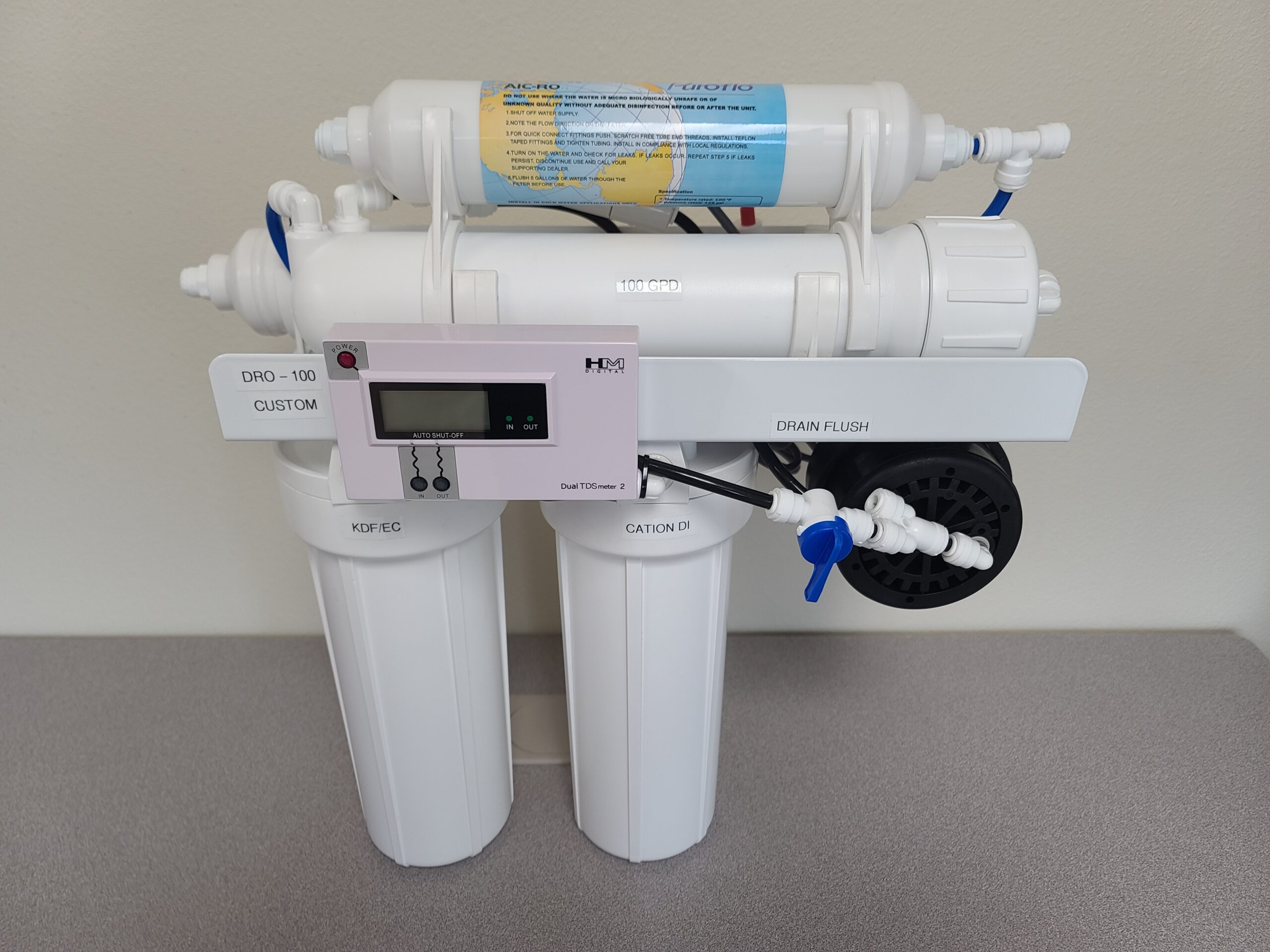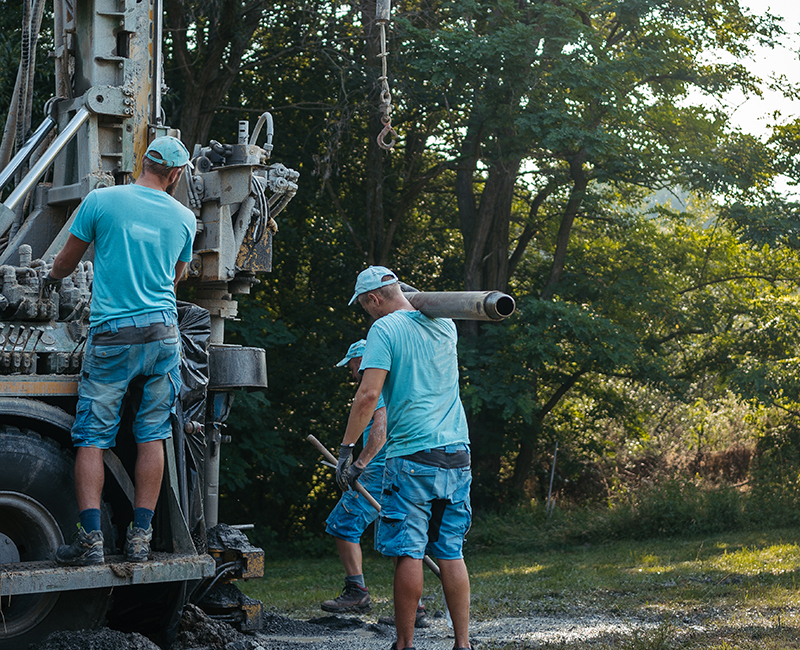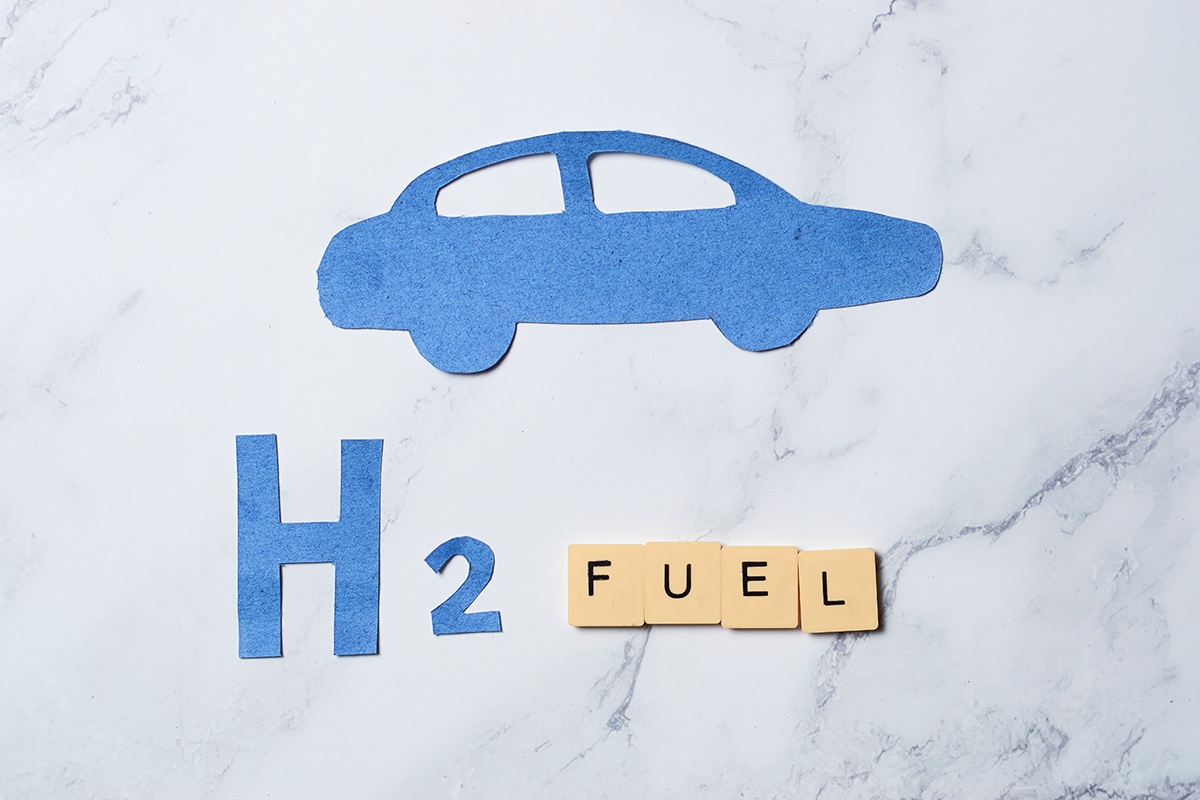When it comes to water filtration few systems are as effective as a reverse osmosis or RO system. With the ability to filter out organic and chemical contaminants down to the smallest micron, an RO system has the ability to provide the highest quality clean water. But, what is the secret to RO water purifier success? Easy, it’s the membranes.
The RO Membrane is the key feature in every reverse osmosis systems. The membrane is made of an extremely thin plastic sheet material that gets added to other permeable plastic sheets. Together, these sheets include a membrane support layer, a feed spacer, a permeate (or treated water carrier) and finally the outer wrap. They wrap themselves around a perforated product/permeate tube and function together. The entire assembly becomes the RO element which houses the membrane and produces purified water.
Physicists, physical chemists and polymer chemists best explain how the RO Membrane works. A simple explanation is: “the RO Membrane blocks contaminants that pass through the membrane under pressure and dissolve. The membrane stops between 10% to 99.99% of dissolved particulates depending on applied pressures and the specific desired filtration needs of the users.
While a hearty workhorse, the RO Membrane is quite fragile. The membrane is protected by:
- Chlorine
- pH extremes
- high temperature
- hard water scale
- organics
- microbiology
- iron
- manganese
- dirt and silt
To avoid issues with an RO system, customers need to work with reputable companies and manufacturers. Dime Water not only sells the best products but knows exactly how to service these products to assure years of reliable use. Dime Water assures that our systems include the proper pretreatments and utilizes RO Membranes specifically designed to do the right job while lasting as long as possible.











